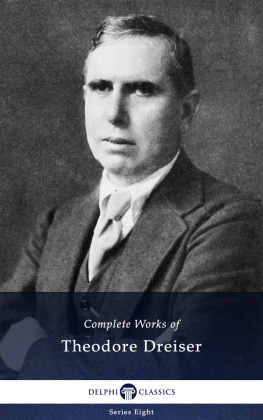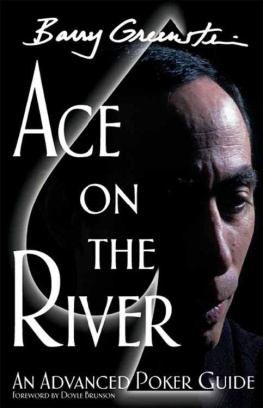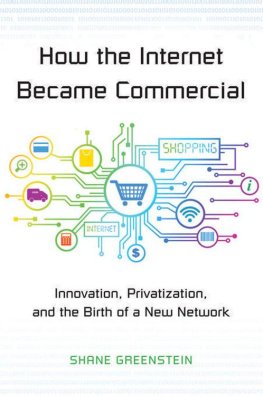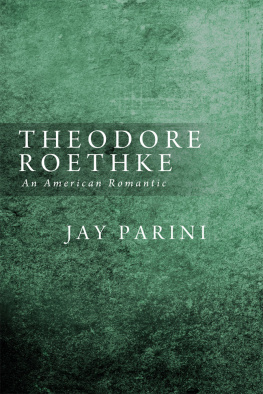FOR INFORMATION:
SAGE Publications, Inc.
2455 Teller Road
Thousand Oaks, California 91320
E-mail: order@sagepub.com
SAGE Publications Ltd.
1 Oliver's Yard
55 City Road
London, EC1Y 1SP
United Kingdom
SAGE Publications India Pvt. Ltd.
B 1/I 1 Mohan Cooperative Industrial Area
Mathura Road, New Delhi 110 044
India
SAGE Publications Asia-Pacific Pte. Ltd.
3 Church Street
#10-04 Samsung Hub
Singapore 049483
Copyright 2013 by SAGE Publications, Inc.
All rights reserved. No part of this book may be reproduced or utilized in any form or by any means, electronic or mechanical, including photocopying, recording, or by any information storage and retrieval system, without permission in writing from the publisher.
Printed in the United States of America
Library of Congress Cataloging-in-Publication Data
Greenstein, Theodore N.
Methods of family research / Theodore N. Greenstein, Shannon N. Davis. 3rd ed.
p. cm.(Sociology for a new century)
Includes bibliographical references and index.
ISBN 978-1-4129-9283-1 (pbk.)
1. FamiliesResearchMethodology. 2. Social sciencesResearchMethodology. I. Davis, Shannon N. II. Title.
HQ10.G724 2013
306.85072dc23
2012003028
This book is printed on acid-free paper.
12 13 14 15 16 10 9 8 7 6 5 4 3 2 1
Acquisitions Editor: David Repetto
Editorial Assistant: Lydia Balian
Production Editor: Astrid Virding
Copy Editor: Patrice Sutton
Typesetter: Hurix Systems Pvt. Ltd.
Proofreader: Dennis W. Webb
Cover Designer: Anupama Krishnan
Marketing Manager: Erica DeLuca
Permissions Editor: Karen Ehrmann
Preface
I first taught research methods 35 years ago. Each time I taught the course, I became increasingly convinced that the approach I was taking was all wrong. I was trying to teach people how to do researchto give them a metaphorical toolbox of technical skills so that they could someday design and conduct their own research. Although I knew that few of my students would actually do research, I continued to teach the course the same way for years.
When SAGE asked me to write this text, I realized that I had an opportunity to correct this mistake. Methods of Family Research reflects my philosophy that what most people want (and need) to learn about family research methods is not how to do research on families but how to read research on families. Few of you will become active researchers, but all of you will need to know how to read and interpret research reports. Whether you work in a commercial organization, a government agency, or some not-for-profit group involved with families and children, you must be able to critically examine reports of research relevant to your work. Becoming a critical consumer of research reports is important even if you don't find employment in a family-related field, because our daily lives are increasingly filled with research findings. Newspapers, the Internet, television, and magazines routinely report results of opinion polls, evaluations of social programs, and other research. Without some understanding of research methods, it's impossible to be an active and knowledgeable 21st-century citizen. Methods of Family Research will help you to acquire this understanding.
Ted Greenstein
The first course I taught as a graduate student was a social research methods course. And like Ted Greenstein, I quickly came to realize that I wanted the students in all of my classes, but especially in my research methods courses, to become critical consumers of social research. Having taught using earlier editions of Methods of Family Research and observed how students respond to and learn from the text, I was honored to be invited to be a co-author for the third edition.
Shannon Davis
The Goal of this Text
The goal of this text is not to teach you to be a researcher. No single book or course can do that. Instead, this text is aimed at helping you become an intelligent and critical consumer of research on families. To that end, the text will introduce you to how research on families is conducted and how to read journal articles and books reporting such research. The focus will be on interpreting and understanding research techniques commonly used in research on families rather than on the mechanics of actually doing the research.
By the time that you finish this text, you should be competent to read and evaluate published reports of research on families. This is a valuable skill, because we are inundated with reports of research findings every day. Whether you plan to be a practitioner, a teacher, or an administrator, some knowledge of research methods will be essential to your career success. Some of you may even be inspired to seek out additional training so that you can become a producer of social research yourself.
What's New in the Third Edition
The structure of this new edition is similar to that of the first and second editions, with some important additions and changes. Most notably, there is new coverage ( on qualitative methods has been expanded. Almost every example has been updated. The For Further Reading lists at the end of each chapter have been revised to take into account new publications since the release of the second edition. Input from colleagues and students using the text have been used to improve both the content and the style of the text, and hardly a page has not been revised or updated. The ordering of the chapters has also been changed to more accurately reflect the typical flow of the research process (the chapters on sampling and scales and indices have been moved up prior to the discussions of specific research techniques).
To the Student
This text has several features to aid in the learning process. Key terms and concepts are boldface when they first appear in the text; all the boldface terms appear and are defined in the Glossary. The Glossary also serves as an index, because the page number(s) on which each term is discussed appear there, as well. The For Further Reading lists at the end of each chapter present additional or more advanced treatments of the issues discussed in the text. Exercises designed to enhance your skills appear in the Study Questions sections. Even if your instructor doesn't require you to do these exercises, you may find that they help you to prepare for exams.
To the Instructor
We've never encountered a text that completely fulfills our needs in teaching a course, and










